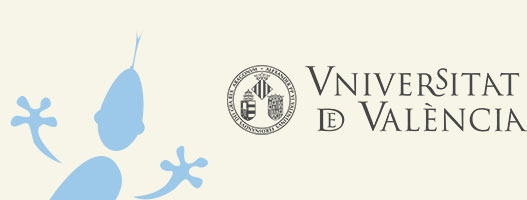Our new PNAS paper is out! In it, we describe a case of Dr. Jekyll & Mr. Hyde in ants and aphids.
As it turns out, aphids of the species Paracletus cimiciformis come in asexually reproducing twin clonal forms during their radiculous (i.e. root-dwelling) phase. Aphids in general, and this species in particular, have highly complex life cycles (read Ed Young’s hilarious piece in National Geographic about this), and it is in this particular phase when aphids interact with their tending ant, Tetramorium semilaeve. The first of this twin morphs (a greenish morph) chimes well with ants, with whom they trade honeydew for their protection and cleaning services. The second twin morph, though, is as whitish as is devilish. Instead of engaging in this archetypical ant-aphid mutualistic relationship, it mimics ant larvas’ scent to deceive ants into carrying back into their nest, as if they were a stranded larvae. There, they will find refuge from the harshness of winter and feast on ant larva with their stylet, much like a vampire in disguise! This is not only the first known case of aggressive mimicry in aphids, but a fascinating example of plastic aggressive mimicry in that the white and green morphs are clonal copies, and are able to give rise to each other via parthenogenesis; a true case of Dr. Jekyll and Mr. Hyde indeed! Adrian Salazar, the leading author of this paper, has spent almost three years of his PhD studying the relationship between these aphids and their ant hosts in detail, and all that hard work is finally beginning to pay off! Well done Adrian! Stay tuned for the next chapters of this amazing story. In the meanwhile, you can also read about it in New Scientist.

